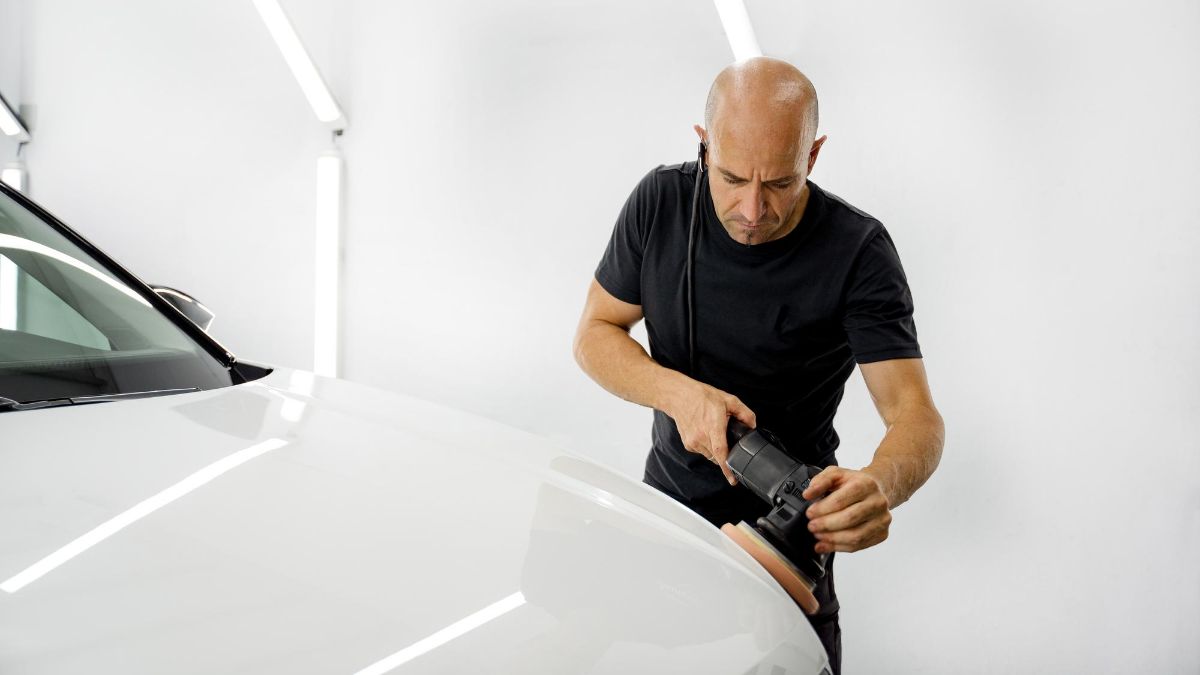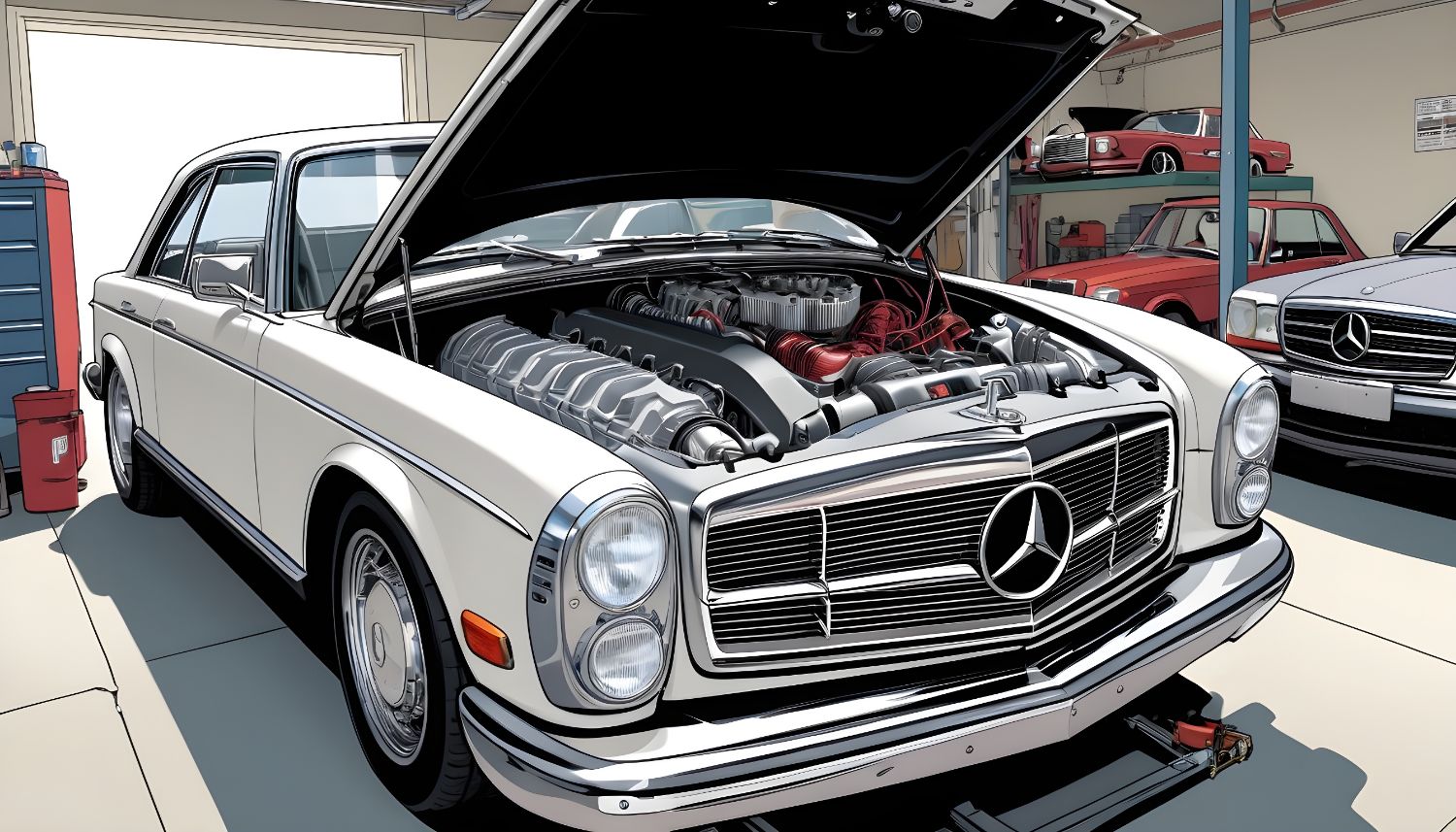
How many times have you washed your car thoroughly only to find out after it had dried that there are still some persistent spots? Have you ever wondered how often you should actually wash your car if this is the case? Is it worth the effort? If you live in areas with hard water, these are most probably (rain)water stains.
Your car’s surface will remain covered in mineral deposits from water such as calcium, salt, and magnesium after drying. So how do you get rid of that? Here is some practical advice on how to prevent and remove hard water spots from your car’s paint and auto glass if you want your four-wheeled friend to constantly look its best.
Start with the basics
Use proper auto shampoo to wash your vehicle first. Give it a thorough rinse with water. Dry it with a microfiber cloth. Minor water spots can be removed with this method. If there are any water stains left, they are more visible on a clean surface, for sure. Ideally, you are supposed to wipe your car dry after every rainfall or when it gets wet, which we know is impossible.
Keep your car away from the rain if possible as it will not remove away the dirt as most people believe. On the contrary, rainwater increases the chances of water spots accumulating and it can even scratch the finish of the car when mixed with other dirt particles.
Try a vinegar cleanser
If the polishing doesn’t solve the issue, use a diluted vinegar solution which also works well with removing insect splatter and bird droppings off automobile hoods. It’s inexpensive, everyone has it in their homes, and it can quickly remove water stains and mineral buildup without harming your finish or paint.
Make this cleaning solution for your car by mixing vinegar and water in equal parts. All areas of the automobile should be treated with the vinegar solution using a towel before letting it sit for a minute. With lengthy, back-and-forth strokes, wipe the stains away with a dry microfiber towel.
Continue doing this until your car is spotless and gleaming. For future spot cleaning, you can keep the leftover vinegar solution in a spray bottle. You can use this solution to clean windows in cars and homes, as well as head and taillights.
Use an actual water spot remover
If you have tried claying, polishing, and vinegar but your car still has water stains, you may need to seek expert help. Mineral stains and other water spots are easily eaten away by a professional hard water spot remover without affecting the underlying surface. These products are powerful and multipurpose water spot, scale, and stain removers with immediate results.
The majority of them work flawlessly on your car and its windows. When using a professional cleaner, make sure to follow the manufacturer’s instructions for the best results. Also, don’t forget to use gloves and any other necessary safety equipment because they may contain harsh chemicals.
Try using a clay bar
If you notice any etching on your car’s surface, you will need to take it a step further. You might not immediately think of a clay bar when considering efficient water spot removers, but auto-detailing clay is ideal for removing stains from your paintwork fast and safely. The region must first be cleaned with soap or vinegar, followed by drying. Then use a wax product of your choosing to grease the surface.
Scrub the area you are working on after applying the clay. A specific kind of resin is used to make clay bars for cars to remove dirt, toxic chemicals, and the contaminants that a wash leaves behind. Clay bars can remove stubborn water stains from automobile surfaces and work well on nearly all surface automobile stains.
In conclusion
Most people assume that water is safe; however, in some areas, leaving your automobile out to dry might cause damage. Your car will last longer if you take greater preventative routine care. You should never leave your automobile in the hot sun to scorch nor should you wash or clean your car in the intense heat of the sun.
Keep your car out of the rain. You might want to try parking farther away, parking in a garage, or using a car cover. Waxing, using a varnish, or covering your car with a coating will help to prevent water stains from forming.




